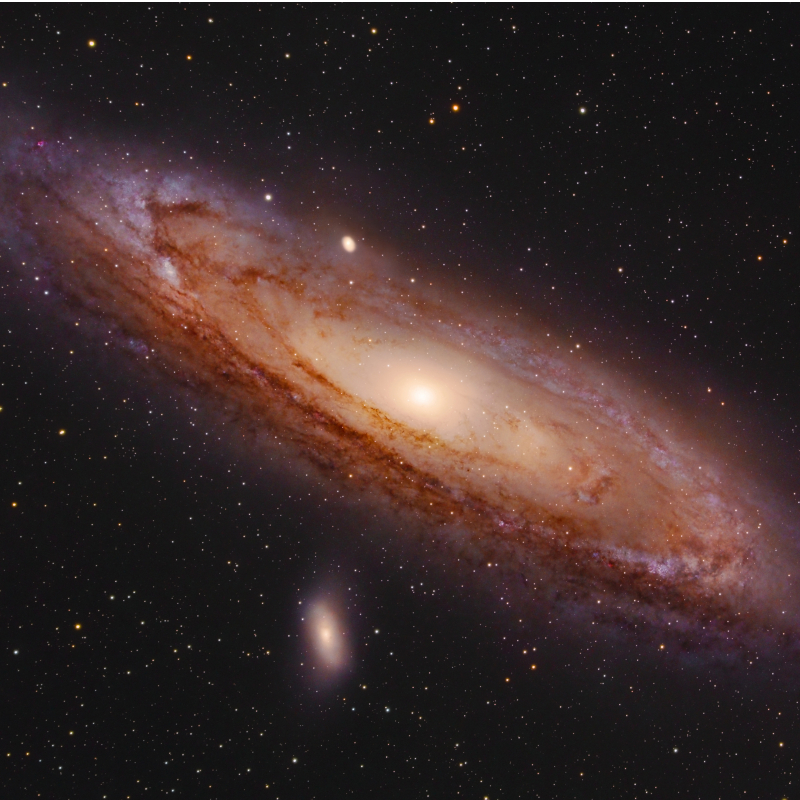The Royal Society has spent over 360 years publishing innovative, multi-disciplinary scientific research from around the world. In this blog, we share the top cited articles of 2024, showcasing the breadth and impact of the research published across the Royal Society's journals. You can also visit our publishing metrics page to learn more about the journals and the advantages of publishing open access.

Philosophical Transactions A
Daniel Martin Katz, Michael James Bommarito, Shang Gao and Pablo Arredondo
Researchers evaluated GPT 4 on the full Uniform Bar Exam (multiple-choice MBE, essays MEE, and practical tasks MPT) in a zero-shot setting. Scoring 297/400, well above the passing threshold, GPT 4 outperformed GPT 3.5 by 26% on the MBE and exceeded human average performance in five of seven subjects. With an average of 4.2/6 on essays and performance tasks, this paper highlights how quickly large language models are advancing and their potential to assist legal services.
This article is part of the theme issue ‘A complexity science approach to law and governance’.

Philosophical Transactions B
The ecological function of thyroid hormones
Jan Zwahlen, Emma Gairin, Stefano Vianello, Manon Mercader, Natacha Roux and Vincent Laudet
This article delves into the role of thyroid hormones (TH) as master regulators in life-stage transitions, such as amphibian metamorphosis, mammalian metabolism, and seasonal changes, by sychronising development with environmental cues. The authors map out underlying signalling pathways, explore how animals naturally use TH, and present a unified model linking TH signals to environmental factors, developmental timing, and metabolic needs.
This article is part of the theme issue ‘Endocrine responses to environmental variation: conceptual approaches and recent developments’.

Interface Focus
Structural diversity of crustacean exoskeletons and its implications for biomimetics
Miloš Vittori
In this paper, the author explores the rich structural complexity of crustacean exoskeletons, composed of chitin–protein fibres reinforced with minerals like calcium carbonate and phosphate. Recent discoveries reveal varied fibre architectures, including longitudinal and circular arrangements, that challenge traditional models. The paper emphasises understanding these biomechanics and growth processes to inspire innovative materials and engineering designs.

Proceedings A
Multi-fidelity reduced-order surrogate modelling
Paolo Conti, Mengwu Guo, Andrea Manzoni, Attilio Frangi, Steven L. Brunton and J. Nathan Kutz
This study tackles the challenge of executing complex simulations (such as those solving partial differential equations) on resource-limited systems. By merging fast, low-fidelity models with neural networks through dimensionality reduction, the researchers created a mapping to high-fidelity solutions. The result: efficient, accurate predictions across a range of problems without the heavy computational cost of full simulations.

Proceedings B
Sabrina Rondeau and Nigel E. Raine
In a field-realistic experiment, researchers exposed solitary ground-nesting squash bees to Sivanto Prime (flupyradifurone) and Quadris Top (azoxystrobin + difenoconazole), both alone and together. Their findings reveal that Quadris Top reduces pollen collection per flower visit, Sivanto Prime leads to larger offspring, and combined pesticide exposure causes female hyperactivity and significantly fewer offspring per nest, highlighting dangerous synergistic effects even with “low-toxicity” products.

Journal of the Royal Society Interface
Language-based game theory in the age of artificial intelligence
Valerio Capraro, Roberto Di Paolo, Matjaž Perc and Veronica Pizziol
This paper argues that human decision-making in strategic interactions heavily depends on language cues, not just outcomes. Through sentiment analysis of 61 dictator-game instructions, the authors show that linguistic phrasing predicts behaviour beyond traditional economic incentives. With generative AI increasingly mediating decisions through language, the study suggests a paradigm shift toward language-based utility functions and proposes sentiment analysis as a key tool in future game-theoretical models.

Biology Letters
Are fish immunocompetent enough to face climate change?
Andrea Franke, Anne Beemelmanns and Joanna J. Miest
In this paper, the authors review how climate-driven stressors such as temperature, hypoxia, salinity and acidification, impact fish immune function. The researchers highlight that both acute and chronic temperature and oxygen shifts compromise immunity, increasing disease risk. While effects of acidification and salinity remain unclear, few studies evaluate multiple stressors or epigenetic acclimation, limiting projections about fish resilience under realistic climate scenarios.
![Schematic illustration of trans-generationally transmitted environmentally induced epigenetic changes around the transcription start of a hypothetical immune modified from [141]. doi/10.1098/rsbl.2023.0346.](/-/media/blogs/2025/06/most-cited-articles-2024/biology-letters.jpg?h=549&w=600&hash=A44583E86E7E621E4A3BE104A8706D4C)
Royal Society Open Science
Khalid Afridi, Muhammad Noman and Shayan Tariq Jan
This study investigates how different charge transport materials affect the performance of tin-based perovskite solar cells. Using SCAPS-1D modelling, the authors found that certain copper- and carbon-based layers significantly enhance photovoltaic efficiency, up to 25.18%. Their analysis offers new directions for creating more stable and efficient solar cells.

Open Biology
Plant NLR immunity activation and execution: a biochemical perspective
Federica Locci and Jane E. Parker
NLR proteins are key players in plant immunity, recognising pathogens and activating cellular defences. This review brings together recent structural and biochemical insights, showing how NLRs convert pathogen signals into calcium-based responses. The authors also draw parallels with animal immunity, hinting at shared strategies across kingdoms.

Explore all our journals and follow us on our social media channels to stay up to date with the latest research highlights.
Image credits:
Philosophical Transactions A: GPT-generated illustration of the interplay between technology, maths, network theory, and legal issues.
Philosophical Transactions B: Tuning of metabolism, energy demands, and environment through the modulation of TH levels. doi/10.1098/rstb.2022.051.
Interface Focus: Malacostraca and their body structure. doi/10.1098/rsfs.2023.0075.
Proceedings A: Comparison of solution fields in example (I) among the approximation by MF-POD, the corresponding LF input and the HF ground truth (used as reference). doi/10.1098/rspa.2023.0655.
Proceedings B: Peponapis pruinosa - Pruinose Squash Bees on squash blossom. Ilona Loser, CC BY-SA 4.0 <https://creativecommons.org/licenses/by-sa/4.0>, via Wikimedia Commons
Journal of the Royal Society Interface: Conceptual background of Artificial intelligence , humans and cyber-business on programming technology element ,3d illustration. Monsitj, iStock.
Biology Letters: Schematic illustration of trans-generationally transmitted environmentally induced epigenetic changes around the transcription start of a hypothetical immune modified from [141]. doi/10.1098/rsbl.2023.0346.
Royal Society Open Science: Dennis Schroeder / National Renewable Energy Laboratory, Public domain, via Wikimedia Commons
Open Biology: Different plant NLR resistosomes converge on Ca2+ influx in immunity. doi/10.1098/rsob.23038.


